An Eye for an Eye
Created largely in response to counter alt-right violence, the ARA and other groups only escalate the fraught political atmosphere.
By Devin Ross, Middle Tennessee State University
When I was a student in Chicago, I had a run-in with a gang of skinheads.
I was in the wrong place at the wrong time and ended up being roughed up pretty bad. Luckily, I was able to get out of the situation in one piece, but I was pretty shaken up. The next morning, I talked to some friends about what had happened and they, being native city kids, informed me about this “notorious” group and their violent reputation.
I remember voicing my anger about what had happened to my then-girlfriend, which led her to suggest that I join the ARA, or “Anti-Racist Action,” a sort of counter-group that sought out violent confrontations with skinhead gangs. I immediately rejected the idea. I remember thinking: “What would that solve?” I was angry about being beaten up, but even more so that it came at the hands of such seemingly twisted people. I was young and feisty, but I just couldn’t support that kind of violence. It just seemed to equate to a bunch of young men senselessly beating the crap out of each other every other weekend.
Although I admired what the ARA stood for on some level, my impression was that they were much more about going out and starting fights for kicks than serious political activism. Anti-Racist Action was founded in the late ’80s in Minneapolis by dissidents in and around the skinhead and punk subcultures. Today, it has grown into a fairly large decentralized network across North America, and claims to be “dedicated to exposing and combating radical right-wing activity.” Aside from doing a bit of youth counseling and community outreach, their main objective seems to be seeking out and engaging in violent street fights.
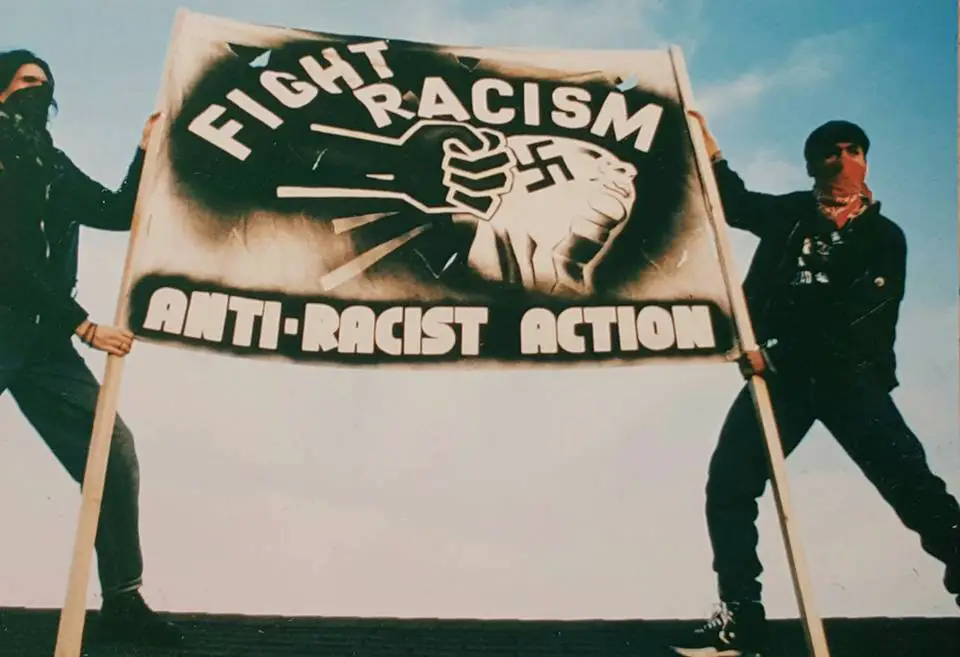
As the election of Donald Trump has thrust fringe white supremacists into the public eye, their counterpoints have come into sharper focus as well. Across the nation, “alt-right” or white nationalist speakers, such as Milo Yiannopoulos and Richard Spencer, have been met with violent protests from militant groups such as the ARA and the “antifa,” or anti-Fascists.
Protests that erupted ahead of a planned appearance by the famed alt-right commentator Yiannopoulos this February at UC Berkeley resulted in over $100,00 worth of property damage on campus. University officials blamed “150 masked agitators” for disturbing the otherwise peaceful protests. Protestors in black facemasks set fires, threw large rocks at police, smashed windows and tossed Molotov cocktails. At least six people were seriously injured, and one woman wearing a red MAGA hat was pepper-sprayed in the face while being interviewed by a local news station.
If you’ve been following these protests at all on digital media, you probably have an idea of what they look like. Police in riot gear stand idly by, as demonstrators from either side wave their arms and scream whatever politically charged insult happens to be en vogue that particular week. Rather than participating in anything that resembles constructive discourse, each side seems much more intent on starting a fight. The constant stream of expletives is only broken by the occasional pipe bomb or violent skirmish.
The sad irony that these antifa protestors are missing is that, by inciting violence and restricting First Amendment rights, they are playing into the hands of their adversaries and giving credence to their ideas. In response to the recent protests in Berkeley, fringe right-wingers have been traveling up to the bay in droves, looking for confrontation and a chance to spread their ideas with a renewed fervor. Meanwhile, Yiannopoulos and Ann Coulter are gleefully praising them, because they have just upped their profile and brought more attention to their message.
As a toddler, my parents taught me that I would not get my way by kicking and screaming. But maybe, just maybe, if I were to act like a big boy and consult with them, I could have what I wanted. It seems that many in these counter-fascist groups forgot that lesson or never learned it in the first place. Whatever the case may be, the sooner these protests stop, the better. Political partisanship is bad enough, but militarizing that divide into combative factions will lead nowhere good.


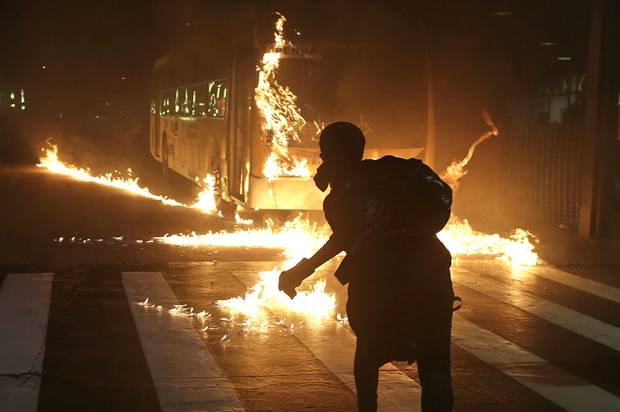



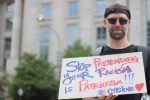


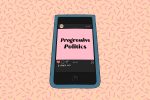


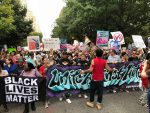





You have a mistake in your article (but don’t worry, others have made the same mistake). Milo is not a white nationalist. White nationalists actually hate Milo. He is an immigrant, is of Jewish descent, gay and openly has interracial intimate relationships. He is very open about his attraction and appreciation of black males. He also criticizes many Republicans for their poor treatment of blacks, gays and women.
Milo has regularly said that white nationalism is not the answer. Multiple news sources have chose to publish retractions after incorrectly labeling Milo as a white nationalist.